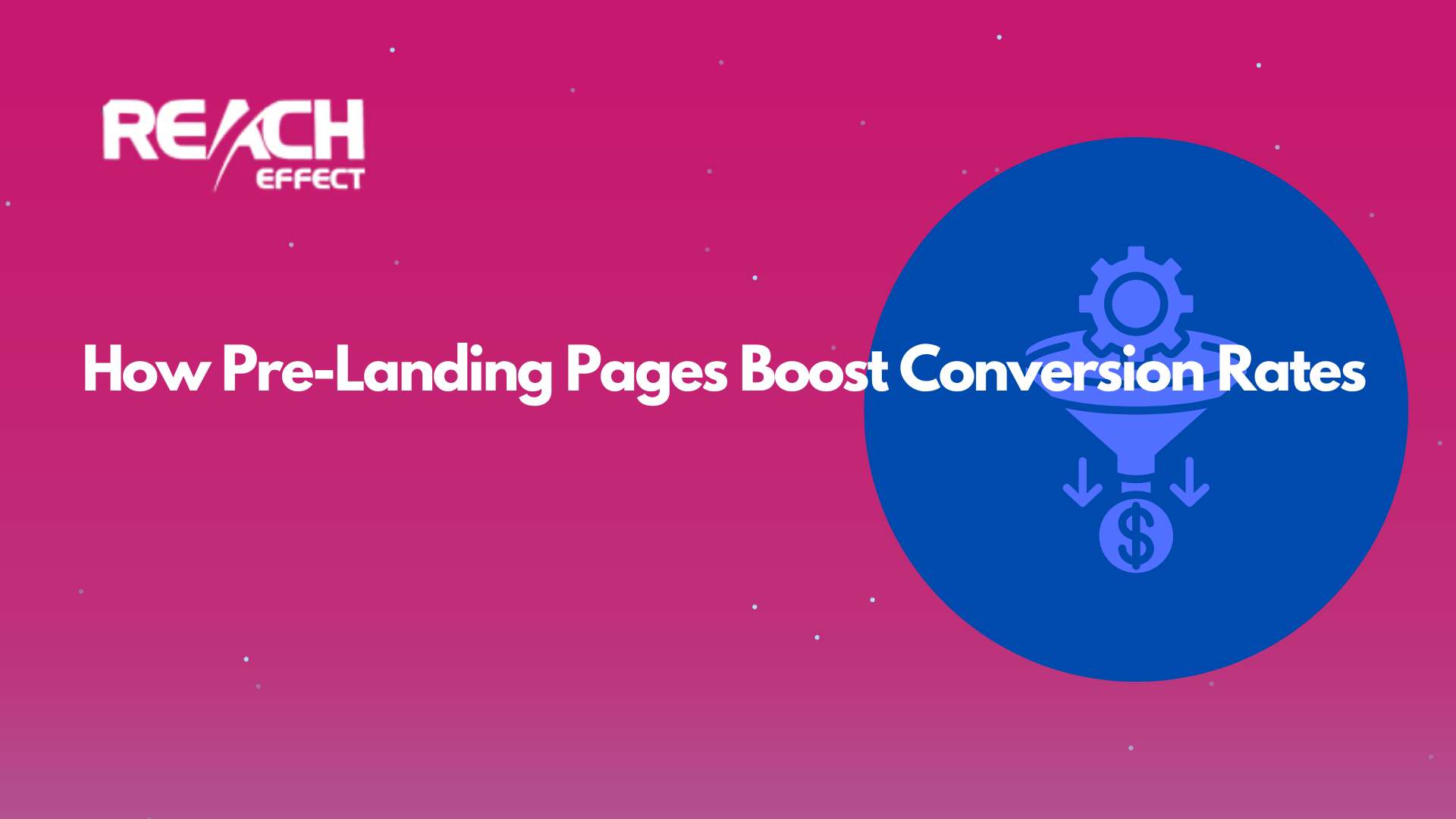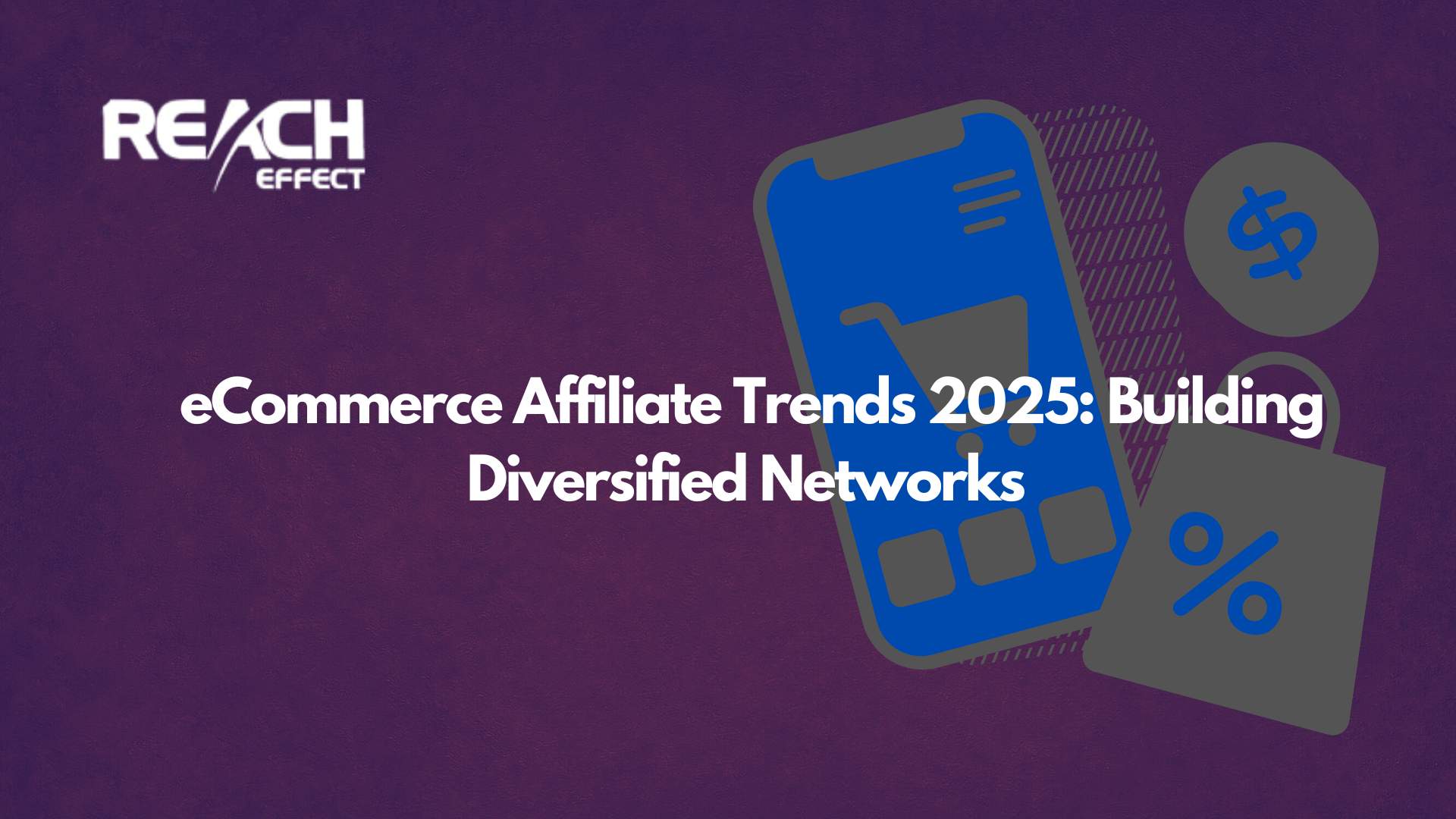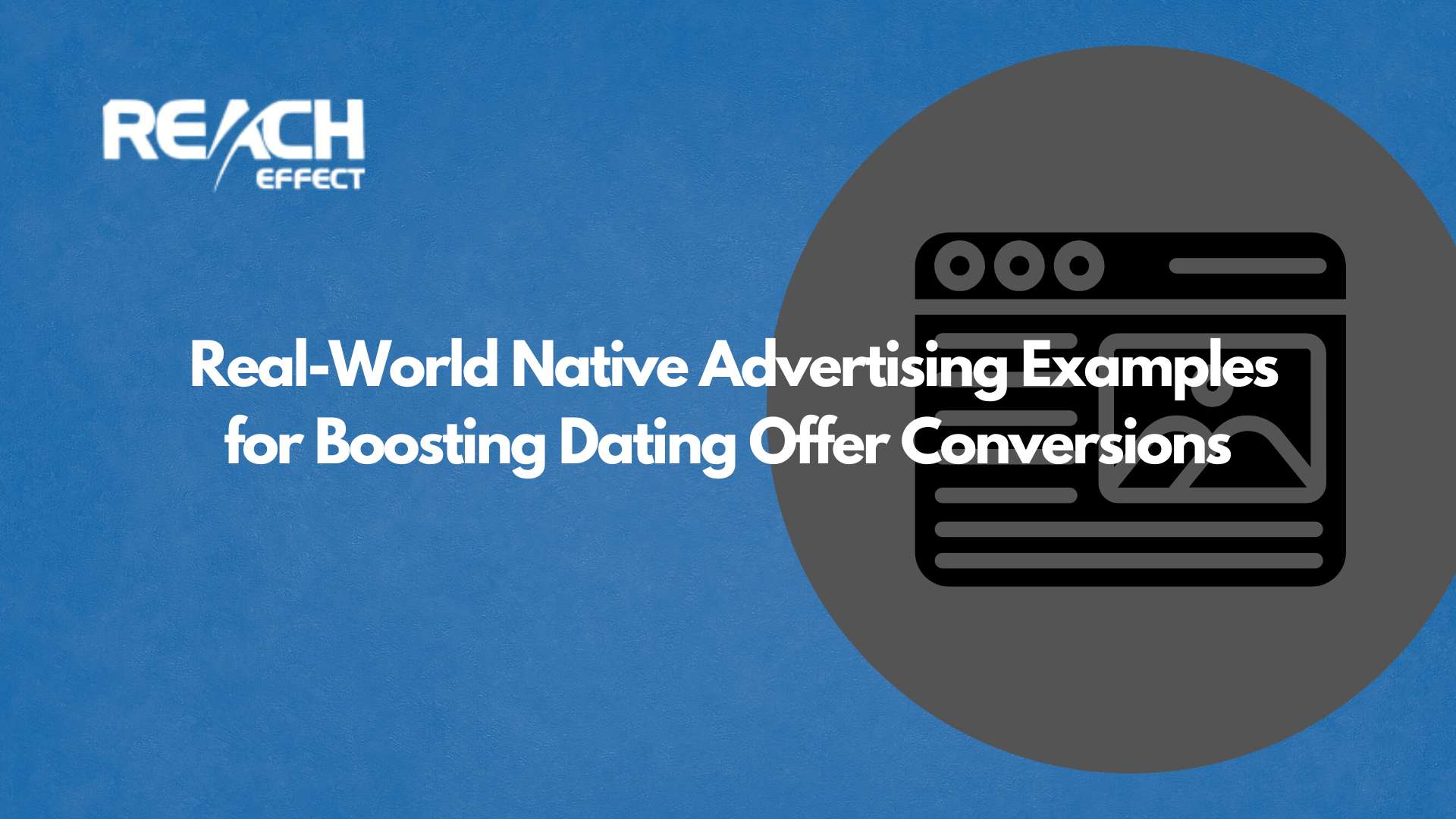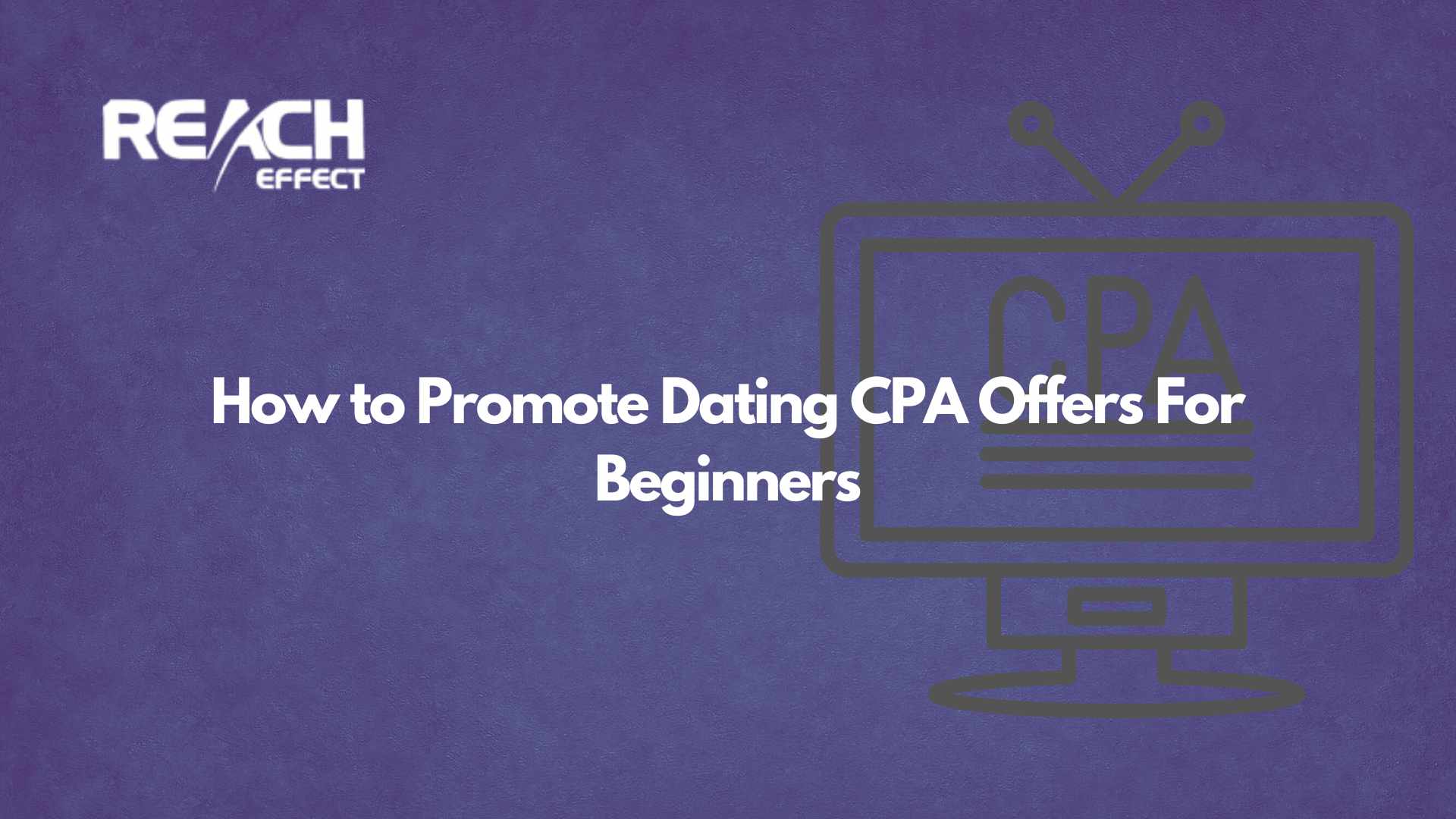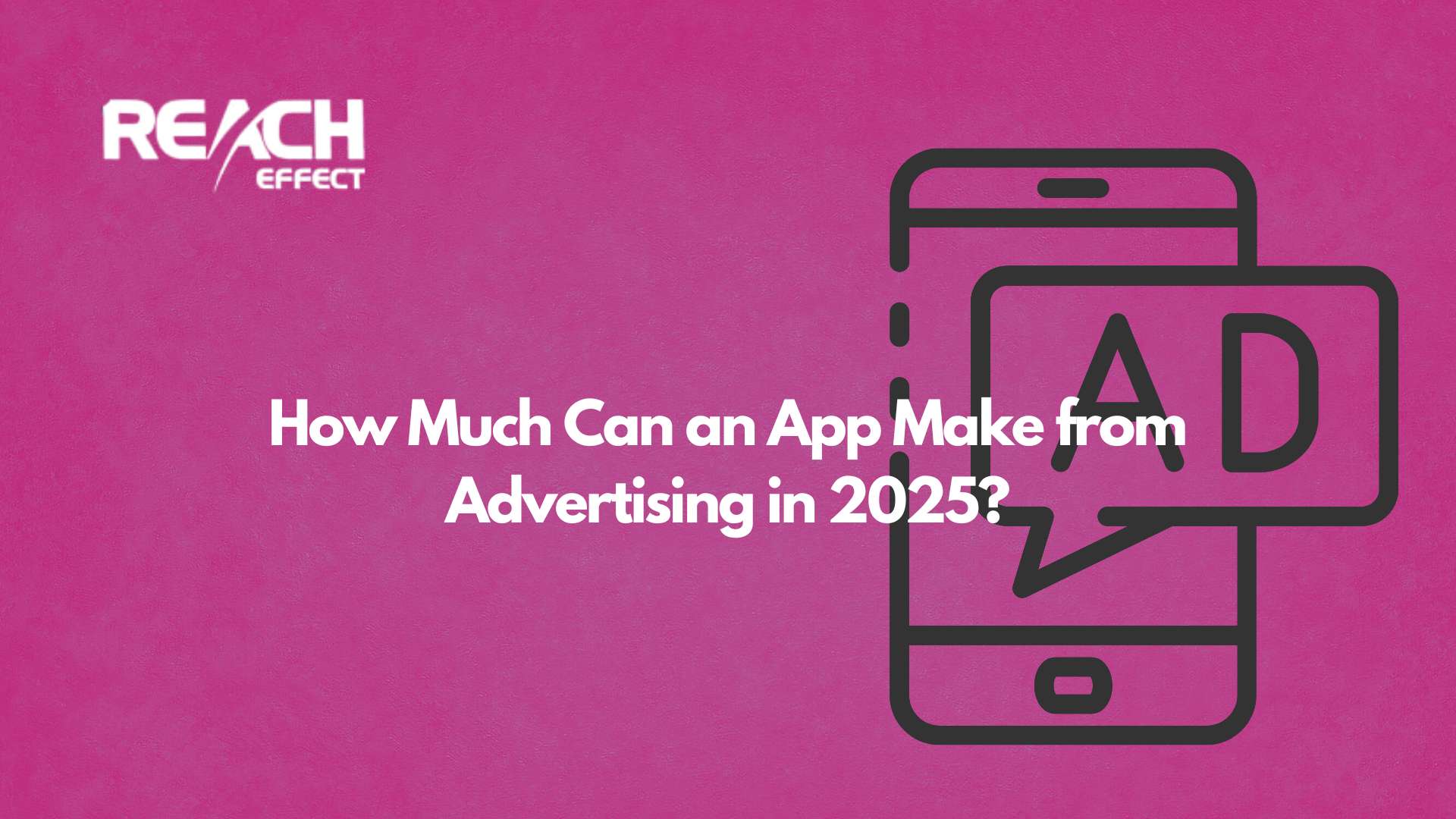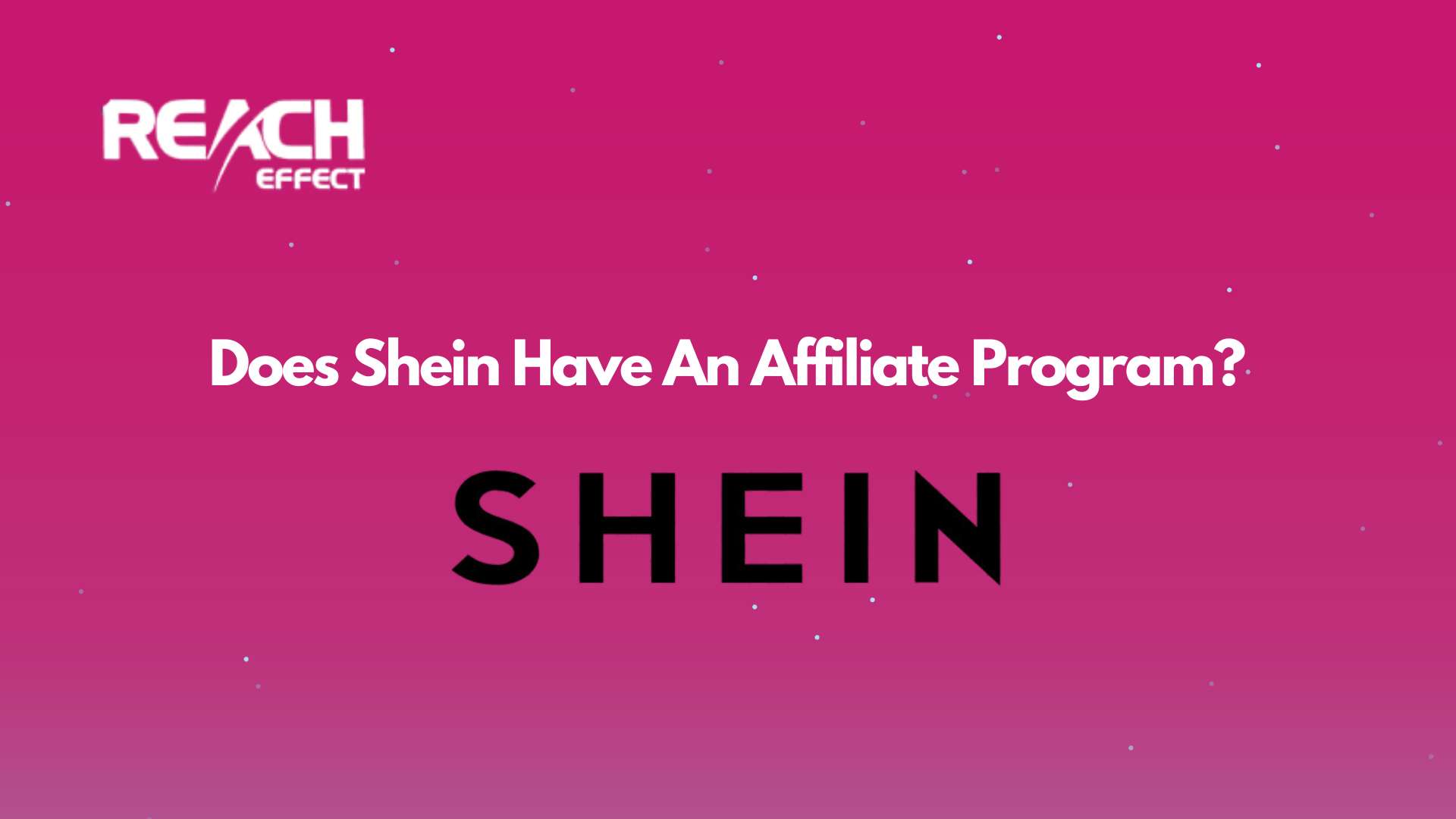In today’s fast-paced digital landscape, advertising diversity has evolved significantly. It’s no longer just about promoting products or services. It’s about connecting with a diverse audience in a meaningful way. Diversity and inclusion in advertising have become crucial aspects of successful marketing strategies.
Thank you for reading this post, don't forget to subscribe!Creating more inclusive advertising campaigns is more than just a matter of staying relevant in today’s diverse world. It’s a moral and strategic imperative. Inclusive advertising acknowledges and respects the multifaceted nature of society. It embraces differences in race, gender, age, ability, and more. Doing so fosters a sense of belonging and representation for all individuals. It reinforces that their voices and experiences matter.
Understanding Advertising Diversity
To embark on a journey toward more inclusive advertising, it’s essential first to understand what advertising diversity truly means. It’s not merely about showcasing different ethnicities or genders in your ads. True advertising diversity includes representing diverse backgrounds, perspectives, abilities, and lifestyles. It’s about acknowledging and celebrating the uniqueness of every individual.
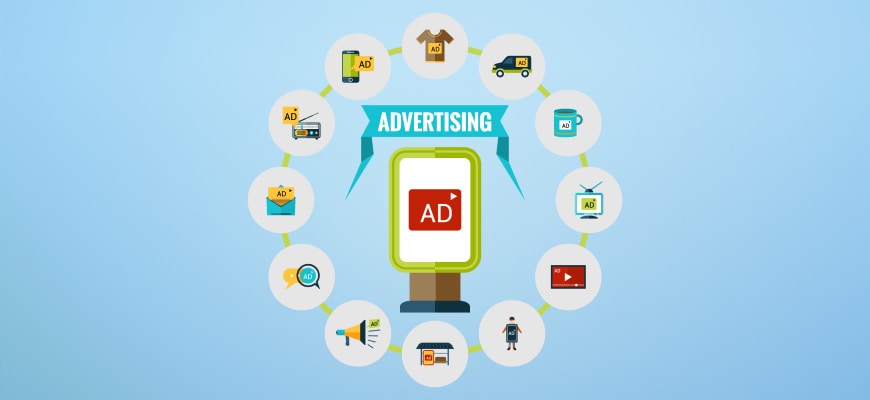
Tips on how to create more inclusive advertising campaigns
Beyond ethics, inclusive advertising makes good business sense. It expands your reach to a broader and more diverse audience. It also increases the potential for customer engagement and loyalty. In a global marketplace, where consumers actively seek brands that align with their values, demonstrating a commitment to inclusivity can set you apart as a socially responsible and forward-thinking company. Inclusive advertising is about more than just reflecting the world as it is. It is also about shaping it into a more equitable and harmonious place, one campaign at a time. Here are some tips on how to create inclusive advertising campaigns:
Understand Your Target Audience
For an inclusive ad campaign creation, it is important to understand your target audience clearly. This means understanding their values, beliefs, and cultural norms. If you are trying to reach underrepresented groups, it is crucial to understand their experiences and how they relate to your product or service.
Embrace Diversity in Your Creative Team
Inclusion starts from within your organization. Ensure that your creative team is diverse and representative of the audience you want to reach. Diverse perspectives in brainstorming lead to innovative, inclusive ideas during the creative process.
Authentic Representation
When using visuals in your advertising, authenticity matters. Avoid tokenism by featuring a diverse range of people and experiences naturally. Inclusive advertising isn’t about checking boxes. It’s about telling genuine stories that resonate with your audience.
Use Inclusive Language
Words matter. Be mindful of the language you use in your content. Avoid stereotypes and offensive terms. Instead, choose words that promote inclusivity and respect. Seek feedback from focus groups to ensure respectful and well-received messaging in campaigns.
Accessibility Matters
Inclusivity extends to making your content accessible to everyone. Make your website and ads screen-reader compatible, and add closed video captions. This approach widens your reach and demonstrates your commitment to inclusivity.
Collaborate with Inclusive Organizations
Partnering with diversity and inclusion organizations can boost credibility and reach expansion. Showcase these partnerships in your ads to demonstrate your commitment to inclusivity.
Conclusion
Today’s ads should reflect the diversity of human experience in our interconnected world. By prioritizing advertising diversity, practicing diversity and inclusion in advertising, and creating inclusive advertising campaigns, you connect with a broader audience and contribute to positive social change.
At ReachEffect, we understand the power of inclusive advertising. Our platform provides advertisers with the tools to connect with diverse audiences. We’re dedicated to promoting inclusivity in the digital advertising landscape. Join us in our mission to create a more inclusive world through advertising.
Start by depositing with our platform and actively participating in our traffic. Your inclusive advertising journey begins here.


